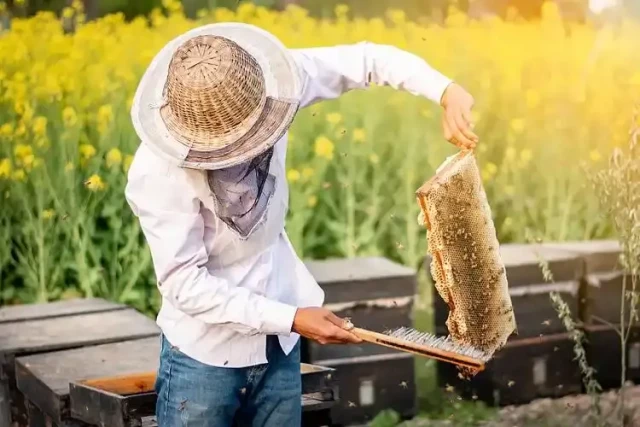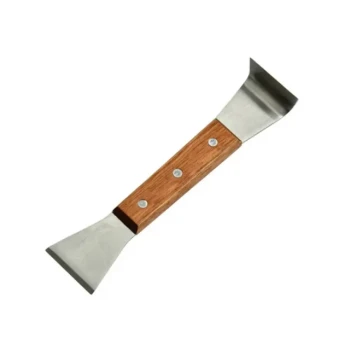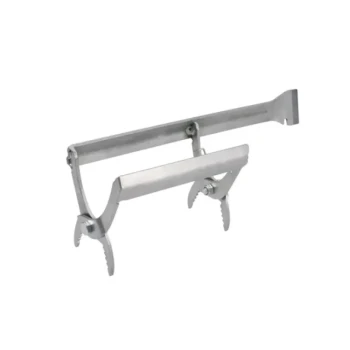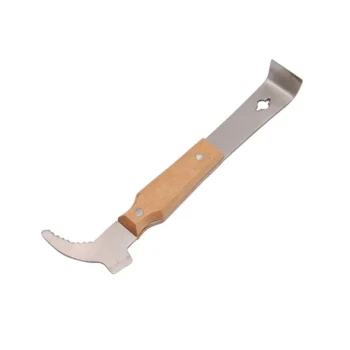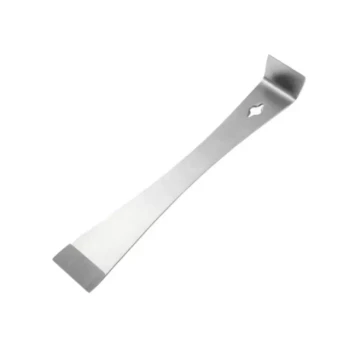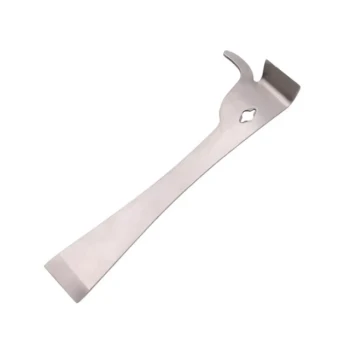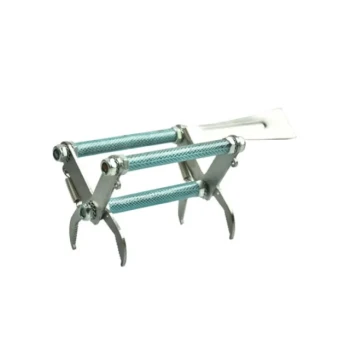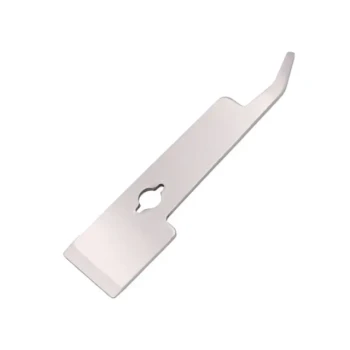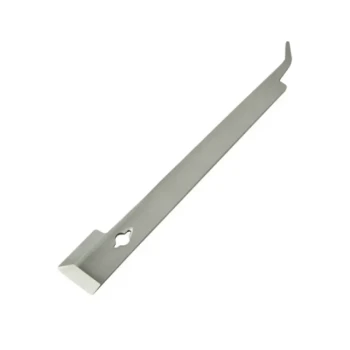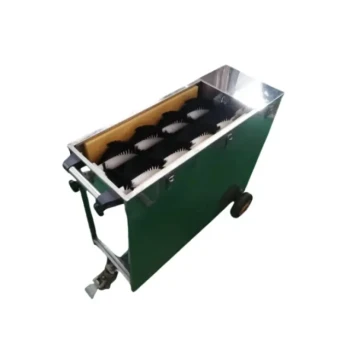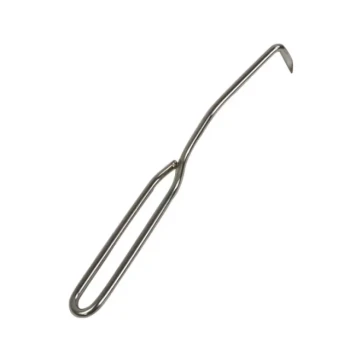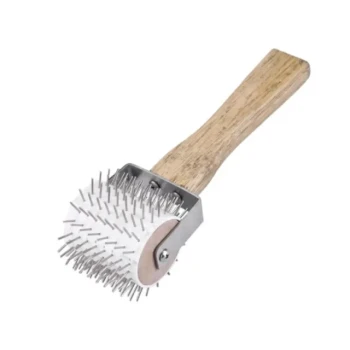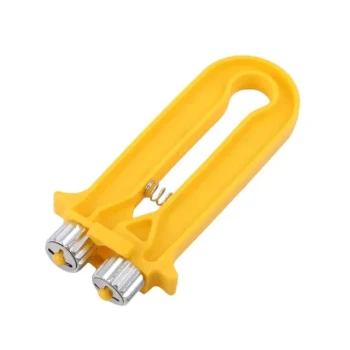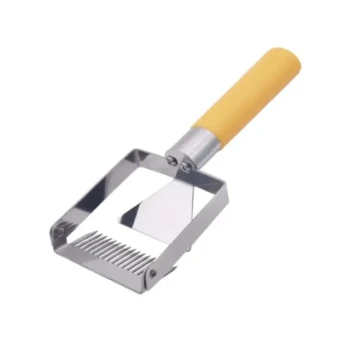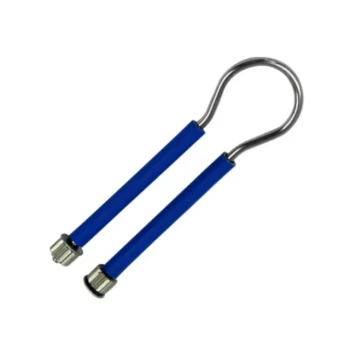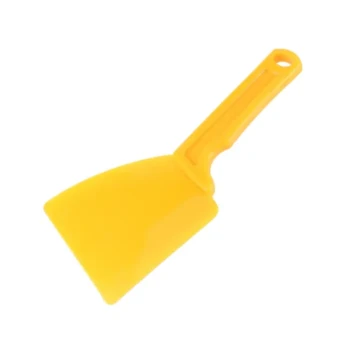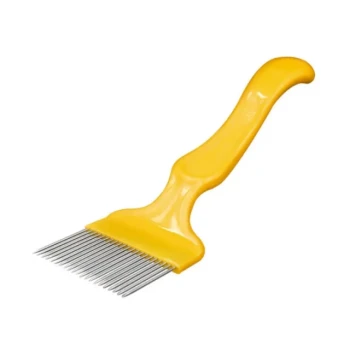Beekeeping is both an art and a science, requiring the right tools and techniques to ensure hive health and productivity while minimizing stress on your bees. Whether you're a new beekeeper or looking to refine your skills, understanding how to properly use and maintain your equipment is crucial. This guide covers the science behind key tools, best practices for inspections, and maintenance tips to extend tool longevity—all while keeping your bees calm and your workflow smooth.
Essential Beehive Management Tools
Successful beekeeping starts with mastering three fundamental tools: the bee smoker, hive tool, and protective gear. Each serves a unique purpose in maintaining hive health and beekeeper safety.
The Science Behind the Bee Smoker’s Effectiveness
Ever wondered why smoke calms bees? Research shows it works in two key ways:
- Masking Alarm Pheromones – When bees detect a threat, they release pheromones to alert the colony. Smoke disrupts this communication, preventing a defensive swarm.
- Triggering a Feeding Response – Smoke prompts bees to fill their honey crops, mimicking a potential hive evacuation. This keeps them occupied and less aggressive.
Pro Tip: Use lightweight starter materials like untreated burlap or cardboard to ignite your smoker before adding slower-burning fuels.
Hive Tool Mastery: Beyond Prying Boxes
A hive tool isn’t just for prying apart sticky frames—it’s a multitasker:
- Scraping off excess propolis or wax
- Loening frames for easier removal
- Measuring hive spacing (some tools include measurement notches)
Keep yours rust-free by wiping it down after each use and storing it in a dry place.
Minimizing Bee Stress During Inspections
Bees are sensitive to disturbances, so gentle handling preserves colony health and productivity.
Why Brushing Bees Isn’t Always Ideal (and Alternatives)
Brushing bees off frames can agitate them and damage their delicate wings. Instead:
- Use a Bee Escape Board – Encourages bees to leave supers naturally before harvest.
- Shake Frames Gently – A light shake encourages bees to move without force.
- Time Inspections Wisely – Mid-morning, when foragers are active, reduces hive congestion.
Protective Gear Synergy: How Tools Complement Clothing
Your smoker and hive tool should work with your suit and gloves:
- Ventilated Suits prevent overheating during long inspections.
- Elastic-Cuff Gloves allow dexterity while handling tools.
- Smoke Application before opening the hive reduces defensive reactions.
Did You Know? Bees are less likely to sting when their environment feels predictable. Consistent tool use builds this routine.
Tool Maintenance for Longevity
Well-maintained tools save money and ensure efficiency.
Preventing Rust in Hive Tools
Moisture is a hive tool’s enemy. Extend its life with these steps:
- Clean after each use with a damp cloth.
- Dry thoroughly before storage.
- Apply food-grade mineral oil to metal parts monthly.
Safe Smoker Fuel Choices
Not all fuels are equal. Avoid synthetic materials (like plastics) that release toxins. Opt for:
- Natural Fuels: Pine needles, dried herbs, or untreated wood pellets.
- Starter Materials: Cardboard or newspaper for quick ignition.
Pro Tip: Store fuel in a dry, sealed container to prevent mold or moisture absorption.
Ready to Elevate Your Beekeeping?
Mastering these tools transforms hive inspections from stressful chores into smooth, efficient processes. For commercial apiaries and distributors, HONESTBEE delivers durable, beekeeper-tested equipment designed for precision and longevity. Explore our wholesale-focused catalog to equip your operation with tools that blend science, safety, and practicality—because thriving hives start with the right gear.
What’s your biggest challenge in hive inspections? Share your experiences and how the right tools made a difference.
Related Products
- Professional Dual-End Stainless Steel Hive Tool for Beekeeping
- Multi-Function Plier-Style Frame Grip Hive Tool
- HONESTBEE Professional Multi-Functional Hive Tool with Ergonomic Wood Handle
- Professional Stainless Steel Pry-Bar Hive Tool
- Professional Multi-Function Stainless Steel Hive Tool
Related Articles
- How to Prevent Cross-Combing in Foundationless Hives: A Beekeeper’s Guide
- How to Choose Between Red and Orange J-Hook Hive Tools for Beekeeping Efficiency
- How to Choose Between Top Bar and Langstroth Hives for Effortless Beekeeping
- Strategic Summer Hive Management: Maximizing Flow Super Efficiency While Preserving Colony Health
- How Pollen Traps Transform Beekeeping: From Hive Health to Additional Income
